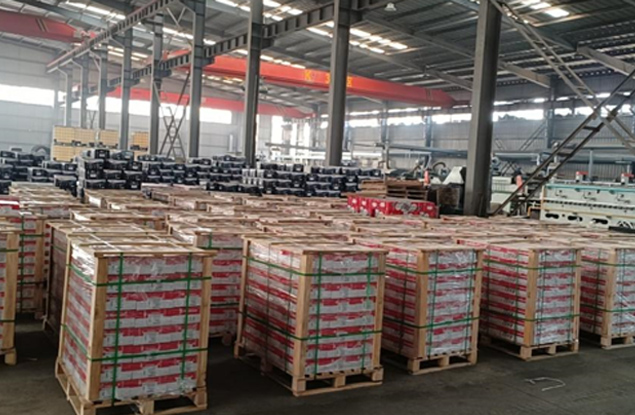wave washer vs spring washer suppliers
Wave Washers vs. Spring Washers A Comprehensive Comparison for Suppliers
In the realm of mechanical engineering and design, the choice of washers can significantly influence the performance, reliability, and longevity of a product. Two commonly utilized types are wave washers and spring washers. Suppliers must understand the attributes, applications, and the operational principles of these washers to effectively cater to their customers' needs. This article explores wave washers and spring washers, providing critical insights pertinent to suppliers in the industry.
Understanding Wave Washers
Wave washers, known for their unique wave-like shape, are a type of shim that provides a spring effect while maintaining a low profile. The design consists of a series of curves or waves that distribute load evenly across the surface. This characteristic allows wave washers to compress under load while returning to their original shape when the load is removed, offering excellent fatigue resistance.
Applications of Wave Washers Wave washers are particularly useful in applications where space is limited and a low profile is required. Common applications include - Automotive components (e.g., in suspension systems) - Aerospace industries (e.g., securing components in flight hardware) - Electronics assembly (e.g., to mitigate vibrations in circuit boards)
Due to their ability to handle axial loads while allowing for slight movement, wave washers are becoming increasingly popular in sectors requiring precision and durability.
Understanding Spring Washers
Spring washers, with their more traditional design, come in various forms, including split, conical, and disc shapes. The primary function of a spring washer is to maintain tension between fastening components, preventing loosening due to vibration or thermal expansion. The split ring type is among the most recognized, twisting under load to create a torque effect that keeps the nut secured.
Applications of Spring Washers Spring washers are versatile and are used in a variety of industrial applications, including - Machinery and equipment to ensure nuts and bolts remain secure - Construction and civil engineering to accommodate thermal expansion - Electrical devices to prevent tampering and maintain connection integrity
Performance and Advantages
When comparing wave washers and spring washers, it is essential to consider their performance characteristics
wave washer vs spring washer suppliers

1. Load Distribution - Wave washers excel in load distribution due to their contour design, making them suitable for applications needing even load across a surface. - Spring washers provide localized tension but might not offer the same level of load distribution.
2. Elasticity and Compression - Wave washers can accommodate considerable deflection while retaining their original configuration, which is ideal in dynamic applications. - Spring washers are excellent for maintaining tension but can experience fatigue if compressed too tightly over time.
3. Space Constraints - Wave washers are more compact, making them advantageous in situations where installation space is limited. - Spring washers tend to occupy more space due to their design, limiting their use in compact assemblies.
4. Vibration Resistance - Both wave washers and spring washers are designed to prevent loosening caused by vibrations, but wave washers can often absorb vibrations more effectively, improving overall equipment life.
Supplier Considerations
As suppliers evaluate the potential for offering wave washers versus spring washers, they must consider customer needs, market trends, and the specific demands of their sectors
- Customization Customers may require customized solutions, leading to opportunities for suppliers to offer tailored wave or spring washers to meet specific performance criteria.
- Material Selection The materials used in production can significantly affect the performance of both washer types. Suppliers should educate their customers on the benefits of various materials, such as stainless steel for corrosion resistance or high-carbon steel for strength.
- Education and Support Providing educational resources about the advantages and limitations of both washer types can help customers make informed decisions. Offering expert advice can also strengthen supplier-customer relationships.
Conclusion
In conclusion, whether wave washers or spring washers are more suitable depends on the specific application and individual performance requirements. As suppliers navigate this critical decision space, understanding the functional nuances of both types of washers will position them as knowledgeable partners in the industry. By focusing on customer needs and staying informed about the latest advancements, suppliers can effectively cater to the growing demands of various sectors, ensuring that customers receive the ideal solutions for their mechanical assembly challenges.
-
Top Choices for Plasterboard FixingNewsDec.26,2024
-
The Versatility of Specialty WashersNewsDec.26,2024
-
Secure Your ProjectsNewsDec.26,2024
-
Essential Screws for Chipboard Flooring ProjectsNewsDec.26,2024
-
Choosing the Right Drywall ScrewsNewsDec.26,2024
-
Black Phosphate Screws for Superior PerformanceNewsDec.26,2024
-
The Versatile Choice of Nylon Flat Washers for Your NeedsNewsDec.18,2024










